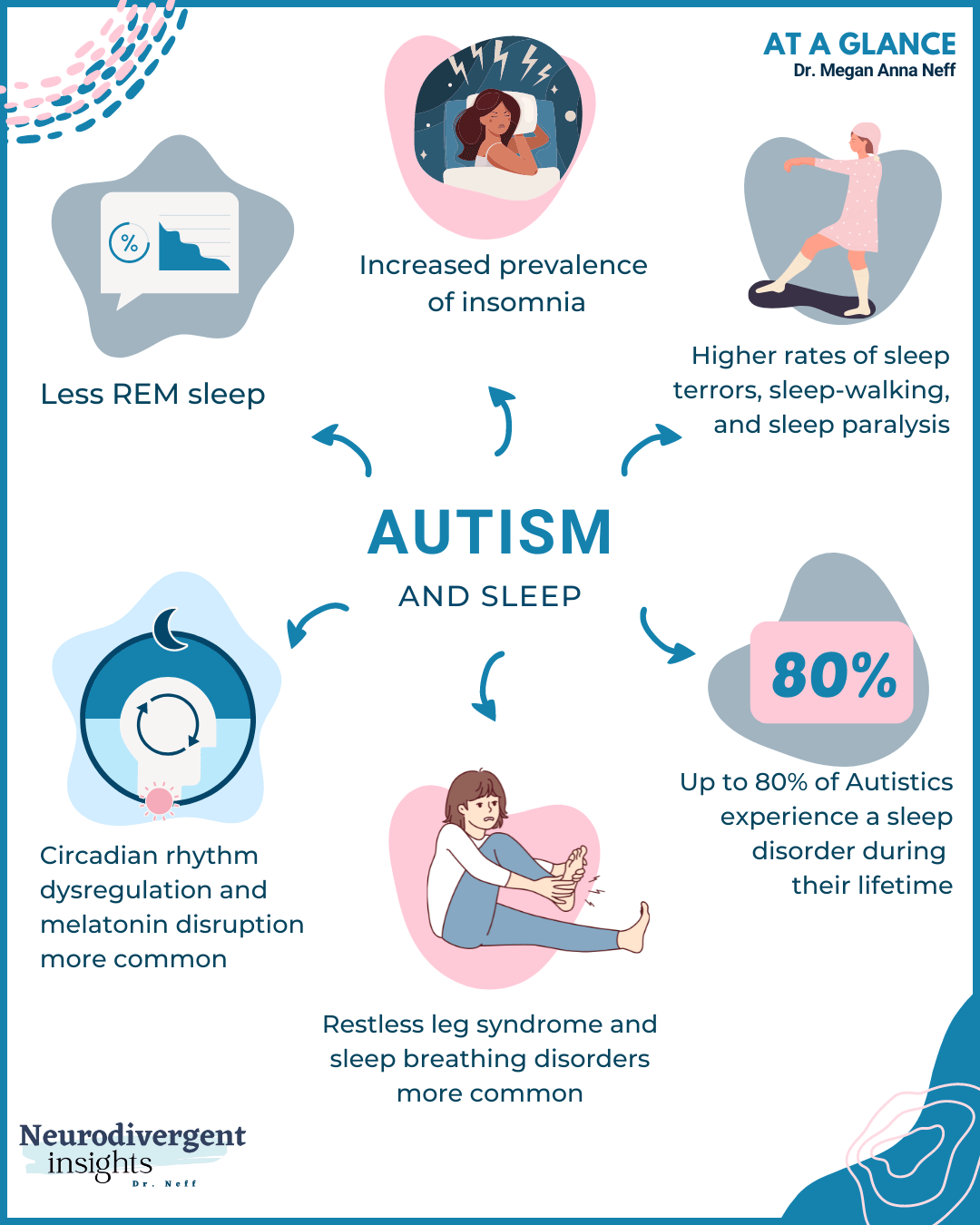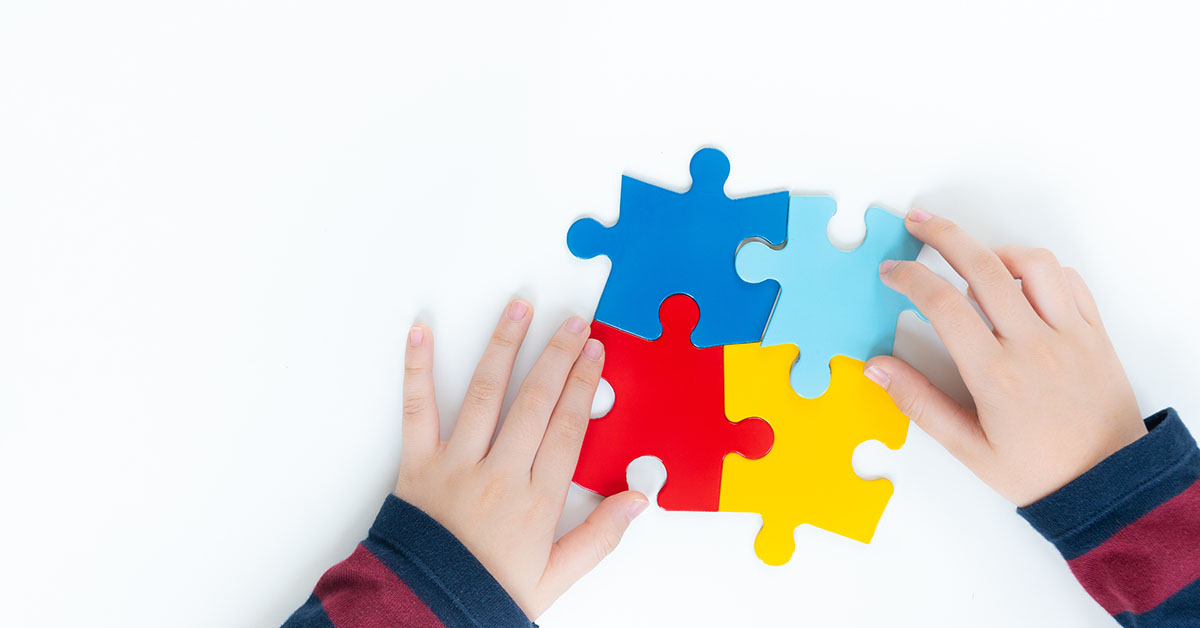The Function of Education And Learning in Sustaining Pupils with Autism: Ideal Practices
The Function of Education And Learning in Sustaining Pupils with Autism: Ideal Practices
Blog Article
Exploring Autism: Techniques for Effective Communication and Interaction
Reliable interaction and communication with people on the autism range require an extensive understanding of their unique demands and preferences. The details of these techniques reveal additional considerations that warrant exploration, especially in how they can be adjusted to specific experiences and diverse contexts.
Recognizing Autism Spectrum Problem
Autism Spectrum Condition (ASD) incorporates a variety of neurodevelopmental problems characterized by obstacles in social interaction, interaction, and recurring behaviors. The term "range" reflects the diverse indications and varying degrees of extent experienced by individuals with ASD. While some might show considerable problems, others may show high-functioning traits, enabling better independence in every day life.
The onset of ASD typically takes place in early youth, with indicators frequently identifiable by age two. Early indications may consist of delayed speech advancement, limited eye contact, and problems in recognizing social hints. Although the precise etiology of ASD stays vague, study suggests a combination of ecological and hereditary factors plays a vital duty in its development.
People with ASD usually have distinct toughness, such as enhanced focus to information and remarkable memory abilities. Nonetheless, they may fight with understanding abstract concepts and taking care of adjustments to regular. Consequently, interventions and support customized to individual needs are vital for fostering interaction and social abilities. Acknowledging the complexity of ASD is vital for advertising recognition, approval, and efficient strategies that promote purposeful interactions with people on the range.

Relevance of Clear Interaction
Efficient communication is important for fostering understanding and link, particularly for individuals with Autism Range Problem (ASD) Clear communication not only facilitates social communications however likewise improves the individual's capacity to reveal their requirements, thoughts, and feelings. For individuals with ASD, the subtleties of language can typically be challenging; consequently, making use of distinct and simple language is essential.
In addition, clear communication aids lower stress and stress and anxiety that may develop from misunderstandings. When messages are shared in a direct and regular way, people with ASD are better outfitted to translate details accurately, which can substantially boost their social interaction and engagement in different setups.
Establishing routines and making use of visual supports can even more strengthen clear communication. These methods provide individuals with foreseeable structures that help comprehension and retention of info. In addition, proactively being and listening person during communications promotes a helpful setting where people with ASD feel valued and comprehended.
Eventually, focusing on clear communication not only equips people with ASD yet also promotes more purposeful links with their peers, caretakers, and the broader neighborhood, paving the method for comprehensive interactions and collaborative connections. - autism
Non-Verbal Communication Techniques
Communication prolongs beyond words, and for individuals with Autism Spectrum Condition (ASD), non-verbal hints play a significant role in interactions. Non-verbal communication techniques can include faces, gestures, body language, and eye call, all of which function as vital components for conveying intentions and feelings.
Recognizing and analyzing these non-verbal signals can boost interactions with people with ASD. For example, a cozy smile or open stance can create an inviting environment, motivating engagement. Utilizing visual help-- such as photo cards or signs-- can bridge interaction spaces and help share messages a lot more successfully.
It is also important to be conscious of personal space, as people with ASD may have various convenience levels regarding closeness. Observing their responses to physical closeness can educate proper modifications.

Developing Helpful Atmospheres
Creating an encouraging atmosphere is important for promoting positive communications and improving the well-being of people with Autism Spectrum Disorder (ASD) Such settings can dramatically minimize anxiety and develop a feeling of safety, permitting people to reveal themselves much more openly.
To achieve this, it is important to consider sensory level of sensitivities that individuals with ASD might experience. Modifying the physical room to include soft lights, minimal history noise, and comfy seating can produce a calming ambience. Additionally, utilizing consistent routines and clear aesthetic routines can aid individuals prepare for shifts and lower uncertainty, more promoting convenience.
Social spaces need to be structured to lessen overwhelming stimuli while offering opportunities for engagement in preferred activities. Facilitating areas assigned for peaceful time can additionally act as a haven throughout moments of anxiety. Notably, incorporating aspects of option encourages individuals, allowing them to exercise company in their setting.

Motivating Social Communications
Promoting social communications among people with Autism Spectrum Condition (ASD) calls for deliberate approaches that focus on comfort and involvement. Establishing predictable regimens can help lower anxiety, making social setups extra approachable. Producing organized environments with specified roles and obligations enables people to involve without the read this post here overwhelming pressure of disorganized social characteristics.
Incorporating rate of interests and toughness into social activities can act as a stimulant for interaction. For learn the facts here now example, arranging team tasks around shared hobbies or topics of attraction can promote natural discussions and links. Additionally, using aesthetic assistances, such as social manuscripts or pictorial schedules, can assist in understanding social hints and assumptions.
Designing appropriate social behaviors is critical - autism. Peers and adults should demonstrate effective communication techniques, including energetic listening and turn-taking. Role-playing circumstances can also provide a secure room for people to exercise these abilities
Finally, promoting peer connections with inclusive practices is important. Encouraging inclusive playdates or team getaways can produce chances for socialization in a comfortable setup. By applying these caretakers, methods and teachers can substantially enhance social communications for people with ASD, promoting their total social advancement and well-being.
Conclusion
Finally, efficient interaction and interaction approaches are vital for sustaining individuals with Autism Range Disorder. Highlighting clear language, incorporating non-verbal hints, and developing predictable regimens significantly improve involvement and minimize anxiousness. Creating encouraging environments promotes secure social interactions, while motivating shared passions assists in meaningful connections. Eventually, these strategies empower people with autism to browse social landscapes, advertising their total well-being and allowing the growth of long-term relationships.
Efficient interaction and communication with people on the autism range require a thorough understanding of their one-of-a-kind needs and preferences. Clear communication not just facilitates social communications but also enhances the individual's ability to express their ideas, feelings, and demands.Cultivating social communications among individuals with Autism Range Problem (ASD) needs deliberate techniques that prioritize convenience and involvement. By carrying out these methods, caregivers and educators can significantly boost social interactions for individuals with ASD, advertising their overall social growth and Going Here wellness.
In conclusion, reliable communication and communication methods are important for supporting people with Autism Spectrum Condition.
Report this page